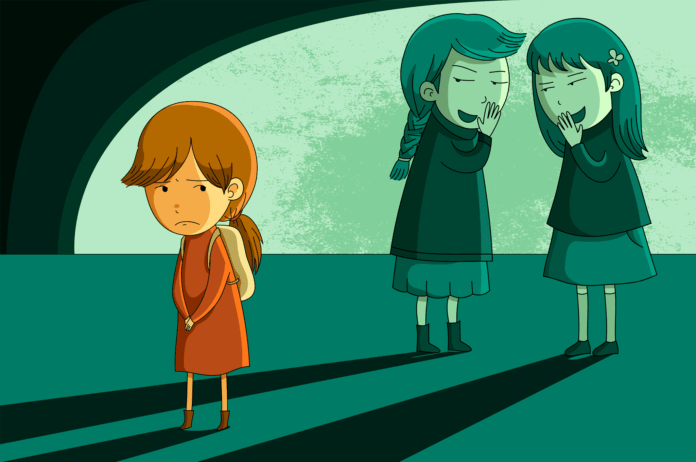How to prepare your child for peer pressure

Parents often feel puzzled and helpless when it comes to helping their children thrive in social settings outside the home. Issues such as bullying, ‘people-pleasing,’ or giving in to peer pressure are common concerns, and parents often want to know if there is anything they can do. When it comes to giving in to peer pressure, we first need to get curious about what could be influencing that behavior. Giving in to peer pressure is often a self-worth issue. Therefore, strategically helping your child develop their self-identity, increase their self-confidence, and provide them with the tools to navigate conflict, are all skills parents can help cultivate at home. While you may be unable to control whether your child experiences negative peer interactions, the good news is that you can equip them with the tools to navigate those experiences. And as always, if you’re concerned about your child, bringing them to a professional mental health counselor for additional support could be a great next step.
1. Help them develop their own opinions
According to Big Life Journal, “Routinely asking your child non-judgemental questions and accepting their opinion helps build a strong sense of identity.” Examples of this could include asking kids’ opinions of current events or engaging them in the ‘what-if’ game (Big Life Journal). Questions such as, “if you could travel anywhere in the world, where would you go and why?” or, “what if you could be a character from any book or movie, who would you be?” Not only are these questions fun to think about, but they will also help your child build their sense of self.
2. Give them age-appropriate choices
I like choice-giving as a tool to help kids develop their sense of identity and self-control. A rule of thumb given by Landreth (2002), founder of child-centered play therapy, is ‘small choices for small children, big choices for big children,’ so always keep in mind developmental appropriateness when giving choices. Depending on your child’s age, some developmentally appropriate opportunities for choice giving could include letting your child decide what color to paint their room, what music to listen to in the car, what clothes they would like to wear, or what they eat for a snack.
3. Bring mindful awareness to their inner world
It’s hard to set boundaries for ourselves when we are not aware of ourselves, and one of my biggest recommendations for parents is to practice bringing mindful awareness and attention to their child’s thoughts, feelings, and actions. Reflective listening and observational statements are great ways to achieve this. Simply act as a mirror and reflect what you hear, see, and feel. Examples of reflective statements might sound like, “I can tell that made you feel upset,” or, “you seem to enjoy playing with that doll,” or, “you decided to put the book there for now.” Communicating with your child in this way might sound and feel a little silly at first for both of you, but the more we bring our awareness to our child’s inner world, the more it will help them bring awareness to their inner world.
4. Look for opportunities for mastery
Helping kids develop their talents and skills is one of the best ways to help kids build self-confidence. An increase in self-confidence will not only help kids resist peer pressure, but building mastery has also been shown to help build resilience in kids who have experienced stressful life events such as bullying, the loss of a relative, or academic challenges. Get curious about what your kid is really good at and enjoys, and provide plenty of opportunities to build proficiency in that area.
5. Encourage boundary setting
Teaching kids to identify and express their feelings and needs when they’re feeling stressed or angry will help them recognize their own limits and needs, as well as how to get them met. In the home, this might sound like, “I need a break,” or, “I’m feeling sad, can we cuddle for a few minutes?” Teaching kids to be assertive in getting their needs met is a skill that can be generalized outside of the home to help kids navigate difficult peer situations, such as peer pressure. Again, we may not be able to prevent our kids from experiencing peer pressure, but we can equip them with the tools to navigate these situations when they do come up.
References
Do this to protect your child from peer pressure. (Big Life Journal)., biglifejournal.com/collections/printables
Krisbergh, Audrey. Raising Resilient Children. (The Center for Parent Education). centerforparentingeducation.org/library-of-articles/self-esteem/raising-resilient-children
Landreth, G. L. (2002). Play therapy: The art of the relationship. New York: Brunner-Routledge.






















